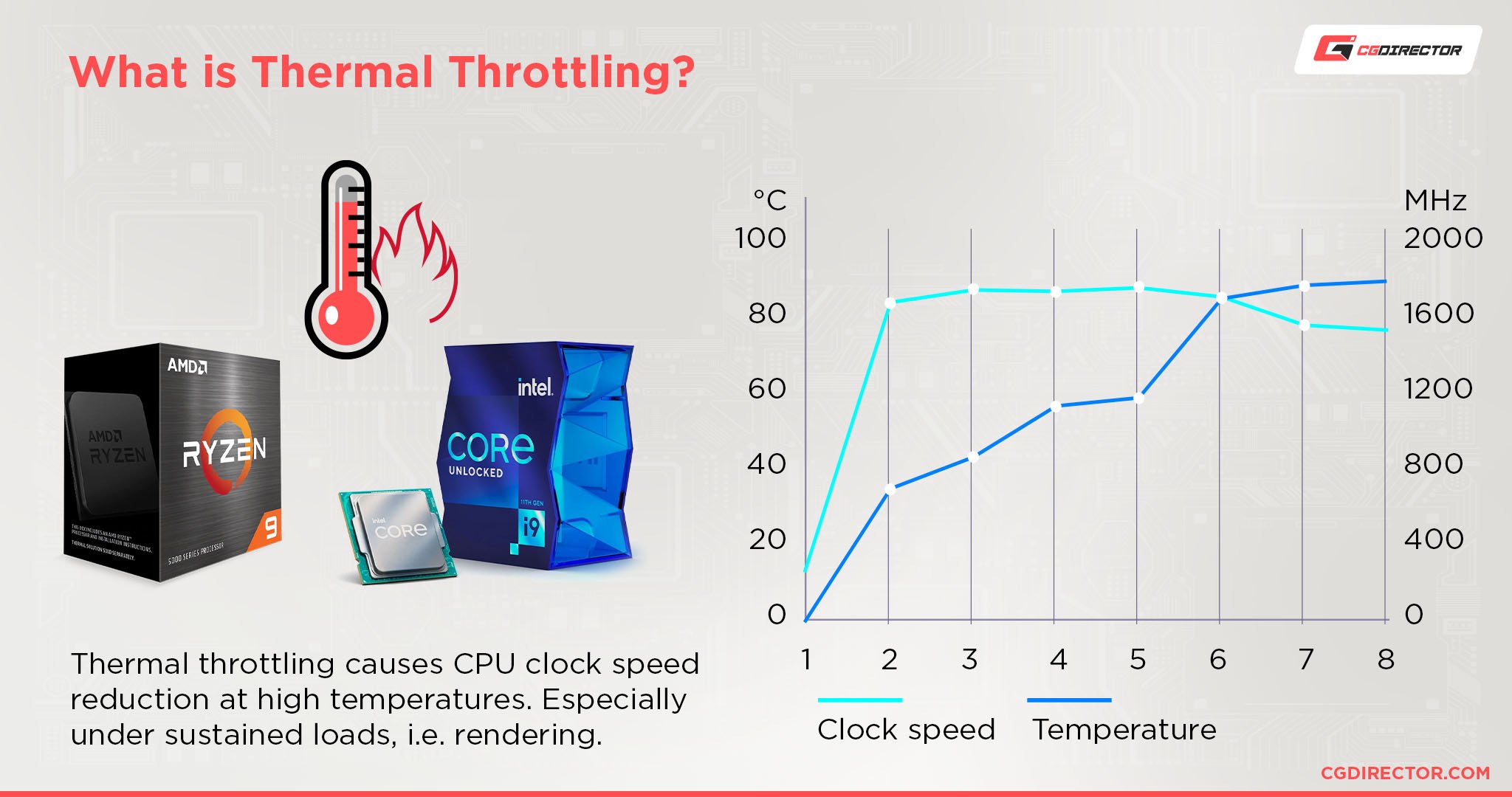Welcome to our discussion on CPU temperatures! Today, we’ll answer the burning question: Is 60 degrees Celsius considered hot for a CPU when idle? Let’s dive in and find out!
Is 60 Degrees Celsius Hot For A Cpu Idle?

A CPU idling at 60 degrees Celsius is generally considered acceptable but slightly on the higher side. Ideally, the idle temperature should be lower, ideally around 30-40 degrees Celsius for optimal performance.
Is 60c good for idle?

Having your GPU idling at 60 °C (140 Fahrenheit) is considered towards the higher end of the temperature range. It indicates that the GPU may reach potentially dangerous temperatures relatively quickly when under heavy load.
However, it’s crucial to note that consistently operating the GPU above 85 °C (185 Fahrenheit) can significantly impact its lifespan, even if it is designed to tolerate such high temperatures. It’s important to ensure proper cooling and ventilation to maintain optimal GPU performance and longevity.
Is 65 C hot for CPU idle?

The optimal temperature range for a CPU varies depending on the specific processor and its specifications. While there is no universally defined range, a common guideline suggests that most CPUs can safely operate between 40°C and 80°C (104°F and 176°F) under normal load, and between 60°C and 90°C (140°F and 194°F) under heavy load.
Deviating from these ranges may indicate potential issues or a risk of damage to the CPU. It’s essential to monitor and ensure the temperature remains within the recommended thresholds for optimal performance and longevity.
Is 55c good for CPU idle?

Determining whether your CPU temperatures are too high or within acceptable ranges is not a straightforward one-size-fits-all answer. The “normal” temperature range can vary significantly depending on the specific processor. I recommend reading this guide thoroughly to gain a better understanding of how to accurately assess and determine the appropriate temperature for your CPU or its cores.
However, as a general guideline that may help you identify potential issues, if you have an Intel or AMD processor, an idle CPU core temperature exceeding 50 degrees Celsius or a temperature surpassing 100 degrees Celsius under full load could be cause for concern.
If your CPU consistently reaches these temperatures, it is advisable to investigate further and identify any underlying problems.
However, please note that this is a generalization and not the most reliable method for assessing temperature appropriateness. For a more comprehensive approach to check and understand whether your processor’s temperatures are within acceptable limits, continue reading this guide for further guidance.
How hot should CPU be idle?

The CPU plays a vital role in executing instructions from a computer’s operating system, making it a crucial component of a system.
Maintaining optimal temperatures is essential for the efficient operation of a CPU. Let’s delve into the concept of idle CPU temperature and its significance.
Fundamentally, a computer’s processor requires a safe temperature range to ensure proper functionality. As a general guideline, most CPUs should ideally stay within the range of 30-70°C (86 – 158°F) during idle periods and 80-85°C (176 – 185°F) under heavy loads.
It’s important to note that these temperature ranges can vary depending on the specific processor type. For instance, Intel Xeon processors can tolerate higher temperatures, reaching up to 90°C (194°F).
Maintaining appropriate CPU temperatures is crucial to prevent overheating, which can negatively impact performance and potentially damage the processor. Monitoring and managing CPU temperatures within the recommended ranges are key to ensuring optimal system operation.
A CPU idle temperature of 60 degrees Celsius is considered hot and may indicate poor cooling or hardware issues. Monitoring and addressing temperature concerns is crucial to maintain optimal performance and prevent damage.
